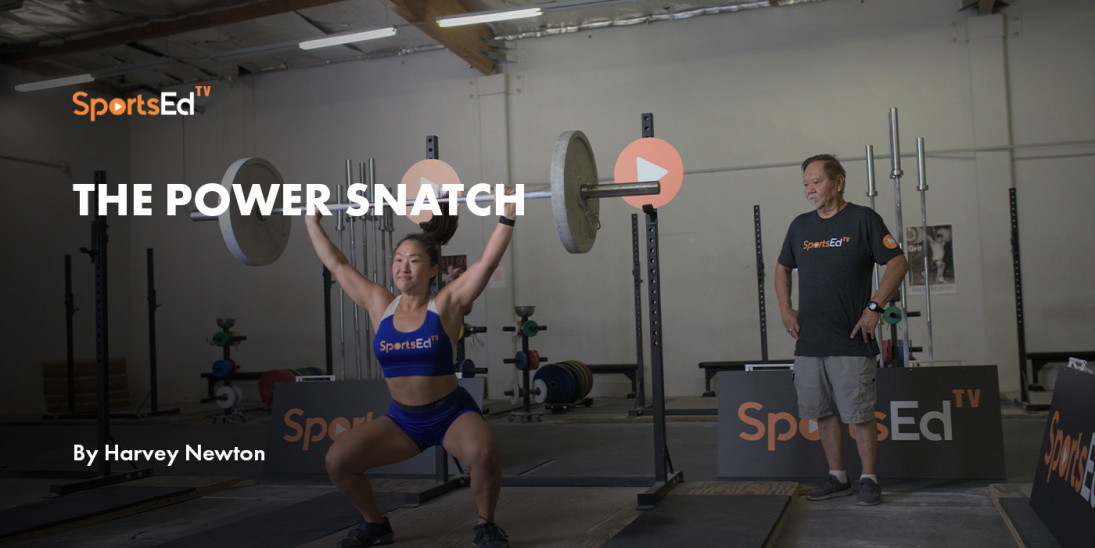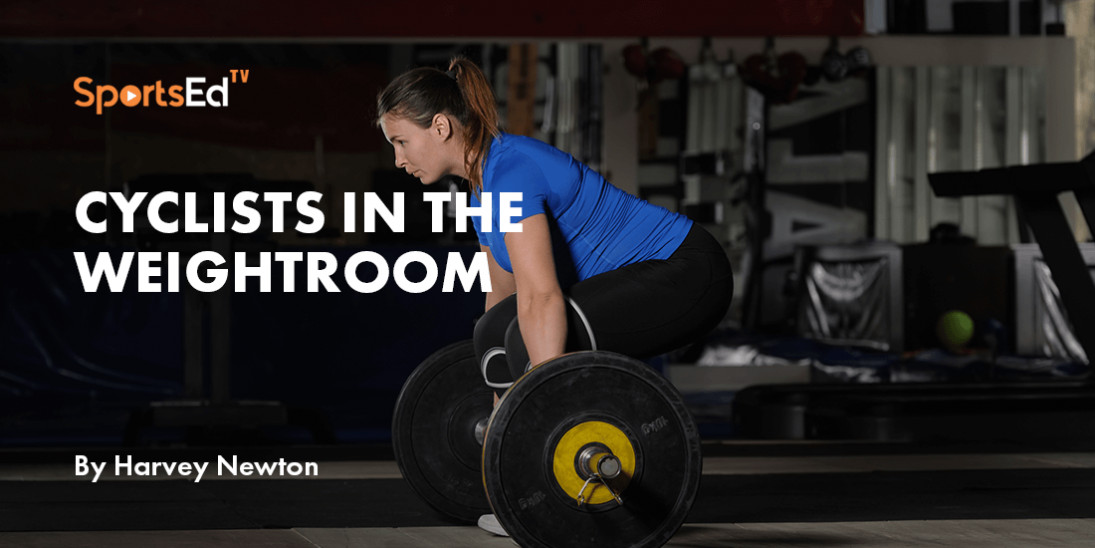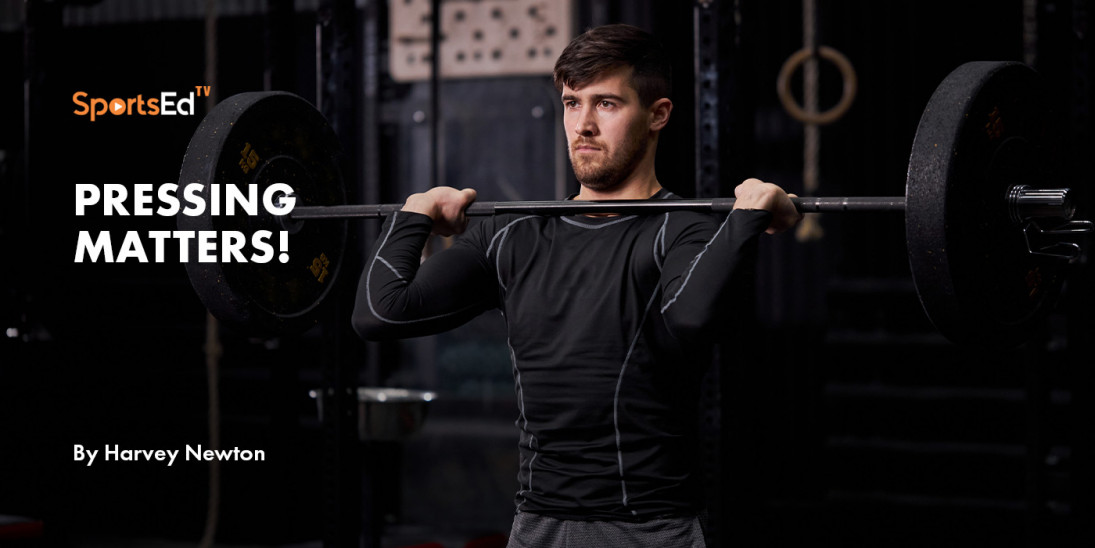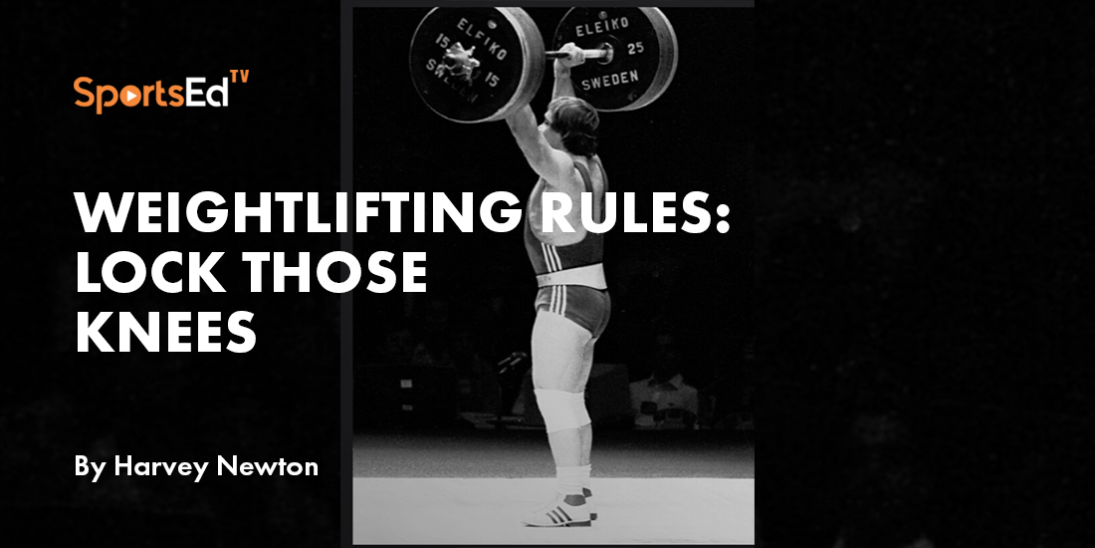Weightlifting
Welcome and thanks for visiting...

Hook Grip Basics
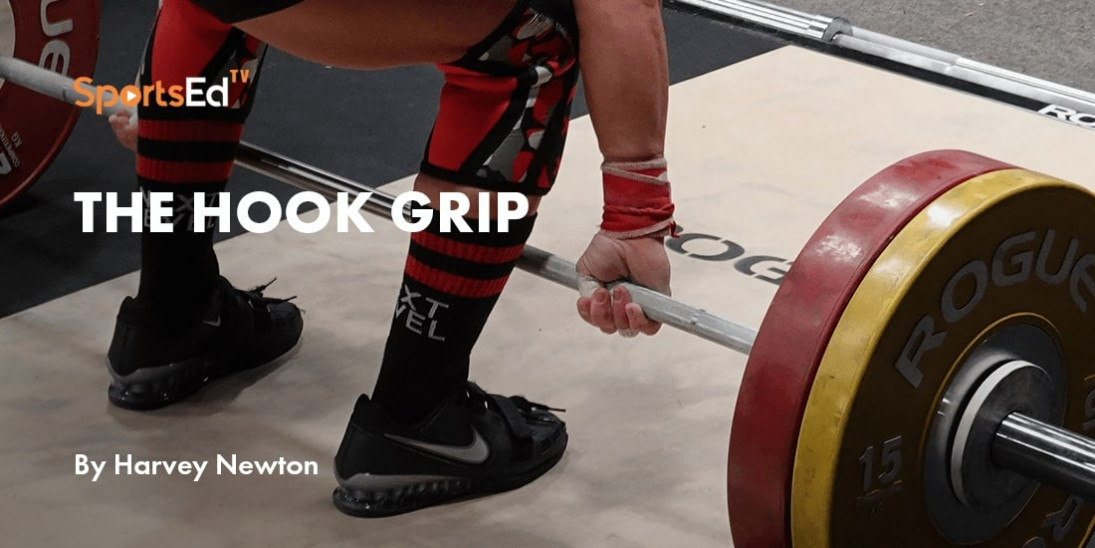
Since the earliest days of competitive weightlifting it has been legal to use a “hook” grip. It is unlikely any lifter at the world championships or Olympic Games today would even attempt a competition lift without a hook grip. Olympic broadcast options always include a camera in the background, located to the lifter’s rear. There’s really no need for this camera, but it often shows a close-up shot of the lifter as the hook grip is applied.
The hook grip is described in the latest International Weightlifting Federation’s Technical and Competition Rules & Regulations (2020) thusly:
2.4.1 The technique known as “hooking” is permitted. It consists of covering the thumb with the other fingers of the same hand at the moment of gripping the barbell.
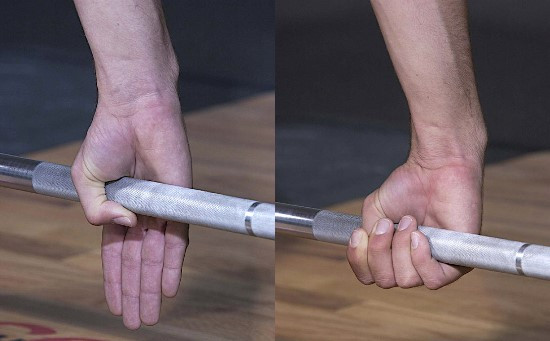
Why Use a Hook Grip in weightlifting?
The obvious reason is that the hook provides a stronger grasp of the barbell. With a stronger grip a lifter is much more likely to exert maximum force against the barbell throughout the pulling action of the snatch and the clean. This includes breaking the barbell’s inertia while it is located on the platform (1st pull) and during the moment of peak power (2nd pull).
A recent study published in the International Journal of Sports Physiology and Performance indicated that, with experienced lifters and strength athletes as subjects, the use of a hook grip increased performance in the power clean by 6.7%.
That said, as has been pointed out in the past by SportsEdTV Senior Contributor Bob Takano, while beginners need to learn and become comfortable with the hook grip, it is also a good idea to not use this method of gripping on every rep and set. His rationale: beginners need to develop a strong grip, and lifting with a straight (non-hook) grip strengthens the muscles of the hand and lower arm.
SportsEdTV Senior Contributor, 2019 USAW National Champion, and strength coach (Butler University) TJ Greenstone, added his insights into the use of the hook grip with non-weightlifters: “If lifting maximum loads and increasing the clean/snatch or any variation thereof is the end goal, whether it be for competition purposes or vertical force production purposes (athletic performance), you need to teach the hook. Eventually, grip is going to be the limiting factor either in correcting technique or continuing to progress. If you wait until later in an athlete's career to introduce it, it becomes that much more difficult.
With my football program, we've emphasized it with our younger groups more this past year. We treat it as ‘the only way’ or ‘just part of the technique.’ It sures the grip up much like a strap would but eliminates the danger of locking the wrist or the athlete to the barbell which could transfer unnecessary stress to the elbow or shoulder. If the athlete chooses not to hook, they'll likely have an early arm bend at some point, which in my opinion takes the stress off the back and legs having to work as much, therefore not getting the most out of the lift itself.
There can be some hesitancy in trying to get non-lifters to hook. Ultimately, you have to tie everything back to performance. If the athlete is truly interested in increasing their lifts and performance, it's an easy sell. They often ‘feel’ the bar move smoother or quicker when using the hook. Luckily, we have some velocity-based training units that we've been using recently and those show a faster lift as well.”
Weightlifters Need a Strong Grip!
For a greater discussion on the importance of gripping strength in weightlifting (and other sports) check out this blog at SportsEdTV.
Many lifters maintain the hook grip throughout the lift, although this serves little purpose once the bar is overhead (snatch) or on the shoulders (clean). Tommy Kono, the eight-time World Champion for USA, pressed with a hook grip, although again, it served no real purpose.
There are lots of lifters, especially those with relatively short thumbs, that let go of the hook grip as they catch the snatch or rack the clean.
It’s a good idea to make use of medical-type tape to protect the callus that develops near the joint of the thumb after some months of hooking. Lifters don’t want a callous to tear during training or competition, so a little preventive maintenance is well-advised. We cover the use of tape on the thumbs in this video in SportsEdTV’s weightlifting library:
Years ago, while doing some volunteer coaching at a local high school, I noted several weightlifters used copious amount of tape to wrap their thumbs, but they did not use a hook grip while lifting. When I inquired as to why they were taping but not hooking, the reply was, “Coach told us to tape our thumbs for cleans.”
Hey, gotta give ‘em credit for following instructions, right?
